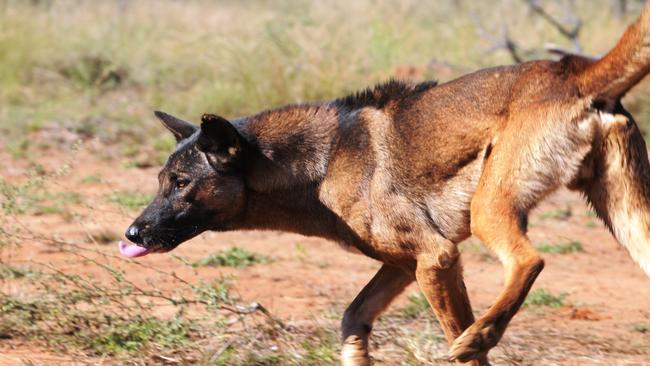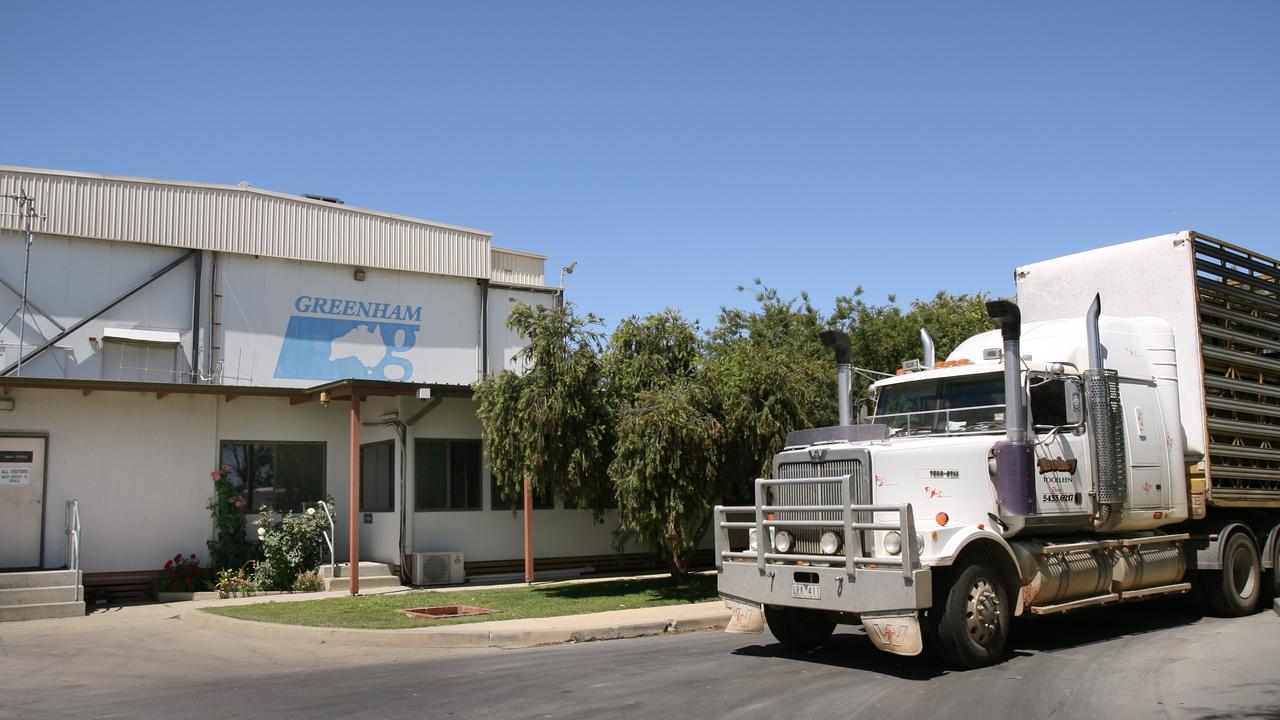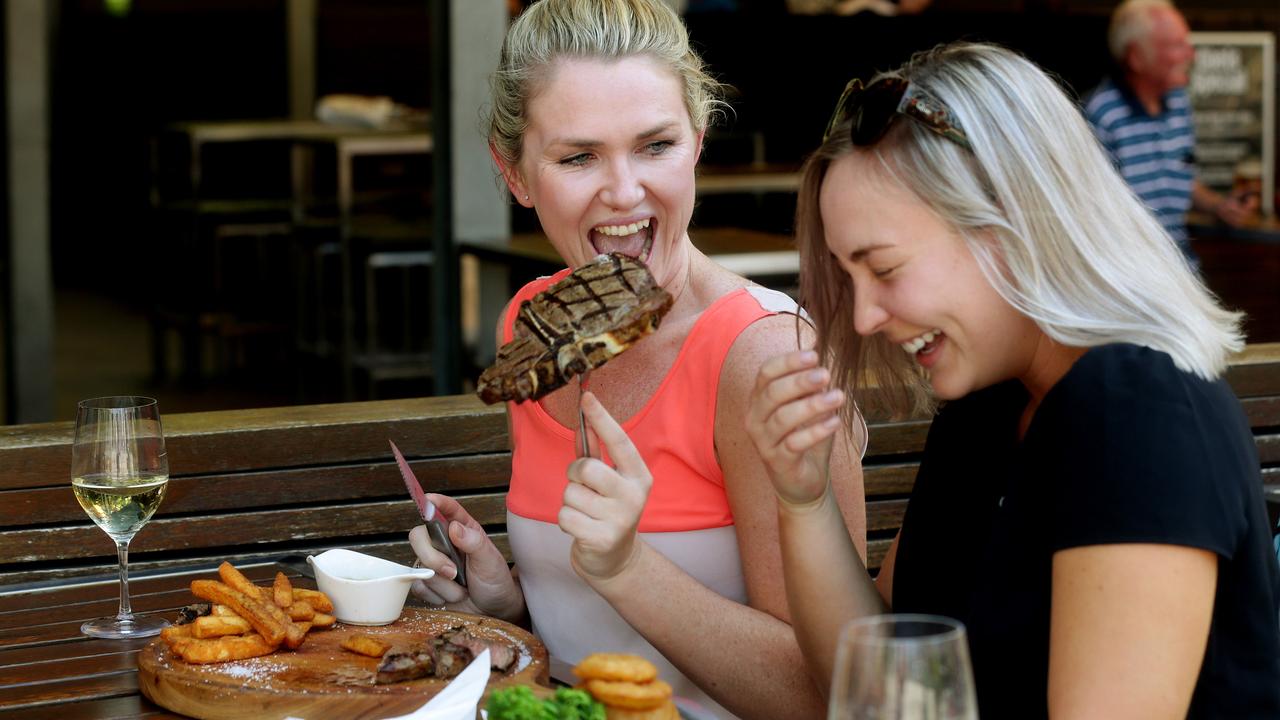No evidence to show dingoes control cats and foxes
The myth that dingoes control cats and foxes is being used to limit aerial baiting in Victoria.

THE mistaken belief dingoes and wild dogs protect wildlife by controlling fox and cat populations in national parks is undermining Victoria’s 1080 aerial-baiting program.
An extensive review of research into the role dingoes and wild dogs shows they have little, if any, long-term impact on cat and fox populations.
University of Southern Queensland wildlife management researcher Ben Allen said ecologists had adopted the “mesopredator” hypothesis, following the discovery that reintroducing wolves to North America’s Yellowstone Park in 1995 led to a cascade of ecological changes, such as the recovery of the beaver population.
After studying 20 research papers on the issue Dr Allen concluded 15 had flaws in their methodology, such as using short time frames, failing to account for seasonal variations and invalid comparisons, while a further four papers used “insensitive measures”.
Dr Allen said long-term research work that followed populations of dingoes over the longer term showed there was no conclusive impact on cat and dog populations.
In one of the largest studies of its type Dr Allen and his colleagues studied cat populations on central and western Queensland properties where cluster fencing had been used to remove nearly all dingoes and wild dogs.
“Farmers used 1080, shooting and trapping to completely or near eradicate dogs,” Dr Allen said. “(But) the cat population just flatlined.”
He said areas averaging 600 square kilometres had been fenced off and cleared of dogs for 6-7 years, yet the cat population remained virtually unchanged.
But failure to find strong evidence of the dingo-effect has not stopped Victoria’s Department of Environment, Water, Land and Planning from airing concerns that 1080 aerial baiting could knock dingoes off their perch as an apex predator controlling cats and foxes.
DELWP Biodiversity executive director James Todd confirmed there was concern about the impact of 1080 baits on the rarely seen quolls, but the main issue was the impact on dingoes as an apex predator.
However Victorian Farmers Federation livestock group councillor Peter Star said there were no pure dingoes left in Victoria and there was plenty of evidence to show 1080 benefited native wildlife.
As it stands Victoria’s aerial baiting is limited to a 3km livestock protection zone on the edge of national parks to protect dingoes, with just six sites baited each year across the North East and East Gippsland.
Aerial baiting is meant to be conducted in autumn and spring, but Mr Todd said the last run was done in May last year.


